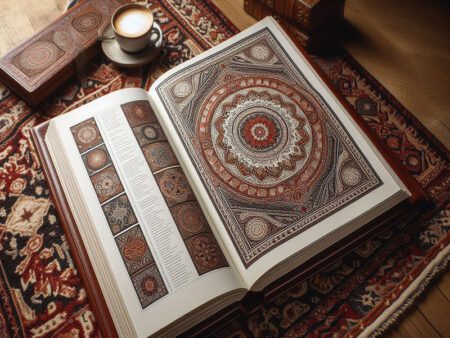
VERNA CARPET – Redesign by Parsineweb





Showing all 9 results
Birjand is the capital of South Khorasan Province, located in eastern Iran. According to research, carpet weaving in Birjand dates back to about two hundred years ago. The population of this city is more than 200,000 people and they speak the Birjandi Persian accent. The first and largest carpet company in Iran is “Sharq Birjand Company”, which is one of the oldest private carpet weaving companies and its establishment dates back to 1308 AH. You can see the signature of this company on woven carpets.
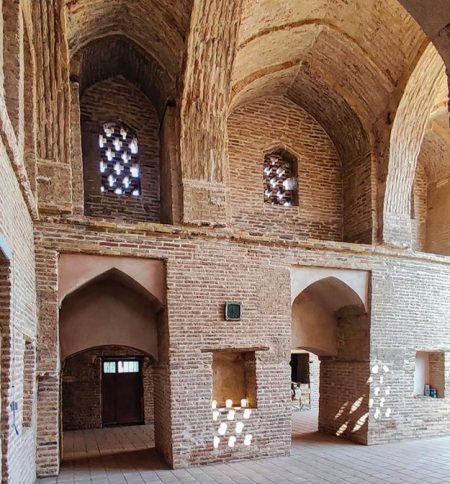
Uzbaki-mosque, Birjand
The village of Dorokhsh and Mood is one of the oldest and most famous carpet weaving areas around Birjand. Dorokhsh carpets are very famous among carpet fans. It is said that rug weaving workshops were brought from Dorokhsh village to Mood, and the Dorokhsh rug is older than the Mood rug.
The village of Mood is now an urban structure and is on the way from Birjand to Zahedan. The original design of the Mood(Moud) rug is the famous Lachak-Toranj design called Rabbi-Saadi, which has a solar medallion. The tools that were used for carpet weaving in Mood in the past are very similar to the tools used for Kerman rug. For this reason, the Mood rug, like the Kerman rug, has a long history and history. Like other handwoven rugs, the Mood rug has also been transferred to other cities and currently, various types of Mood carpets can be seen in Sistan and Baluchestan. For many years, the handmade Mood rug of Birjand has been considered one of the Iranian carpets with an economical price.
The Kheshti and Mahi(Fish) designs are among the popular designs of Birjand Mood rugs. Mahi carpets account for about 50 to 60 percent and the Kheshti design for about 30 percent of the region’s production. So that most rug weavers choose these designs for weaving. Other Birjand rug designs include the following:
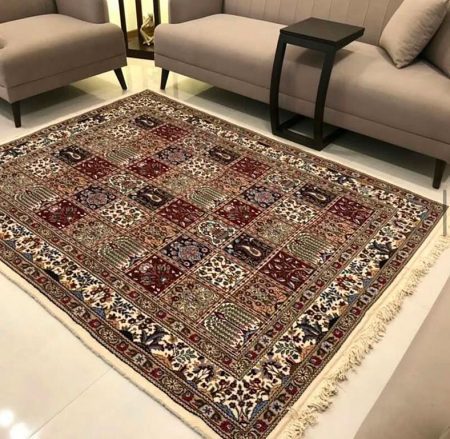
Kheshti Birjand rug
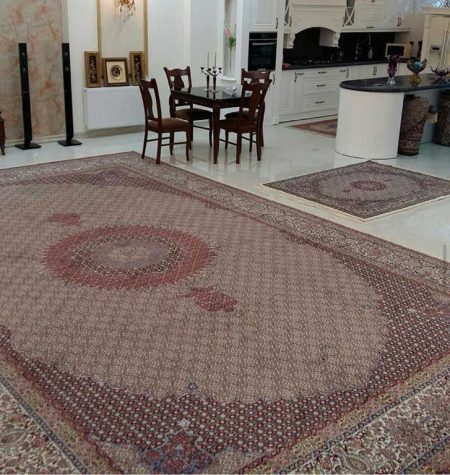
Lachak-Toranj with fish design, Birjand rug
You can read this article: What is a Khorasan rug?
Birjand Persian carpets have always had a collection of the best rug manufacturers in southern Khorasan in its rug weaving history. Mirza-Ali Dorokhshi, Marghoubi, Abdol-Ali Ahmadi, Abdol-Majid Jamshidi, Haj Qasem Khamenei, Abolghasem Malek, Gholam-Reza Bazargan, Amini are some of the most famous Birjand rug masters from the past to the present. Also, Hossein Saadi, Master Aziz Mohammad-Zahraei and Jamshid Maud are some of the famous and selected designers of the Birjand region.
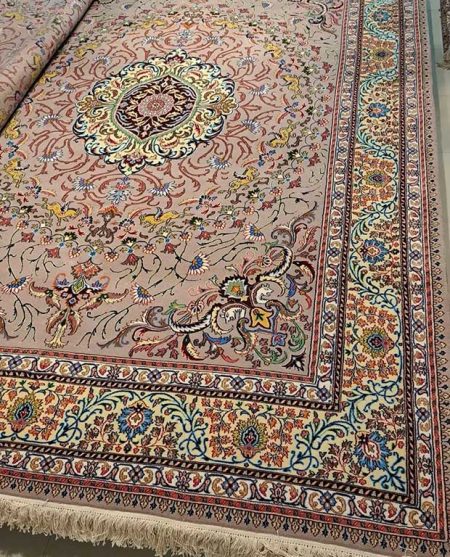
Kale-Asbi design, Birjand rug
Birjand rugs form a part of Iranian culture and art. Perhaps one of the reasons for the longevity of these carpets is the use of neutral colors that create a pleasant harmony in the decorations. The price of Birjand rugs depends on factors such as the quality of the weave and the materials used. But Birjand rugs are considered to be among the most affordable Iranian rugs. Check out Birjand carpets in the Vernacarpets online collection and buy your desired rug.